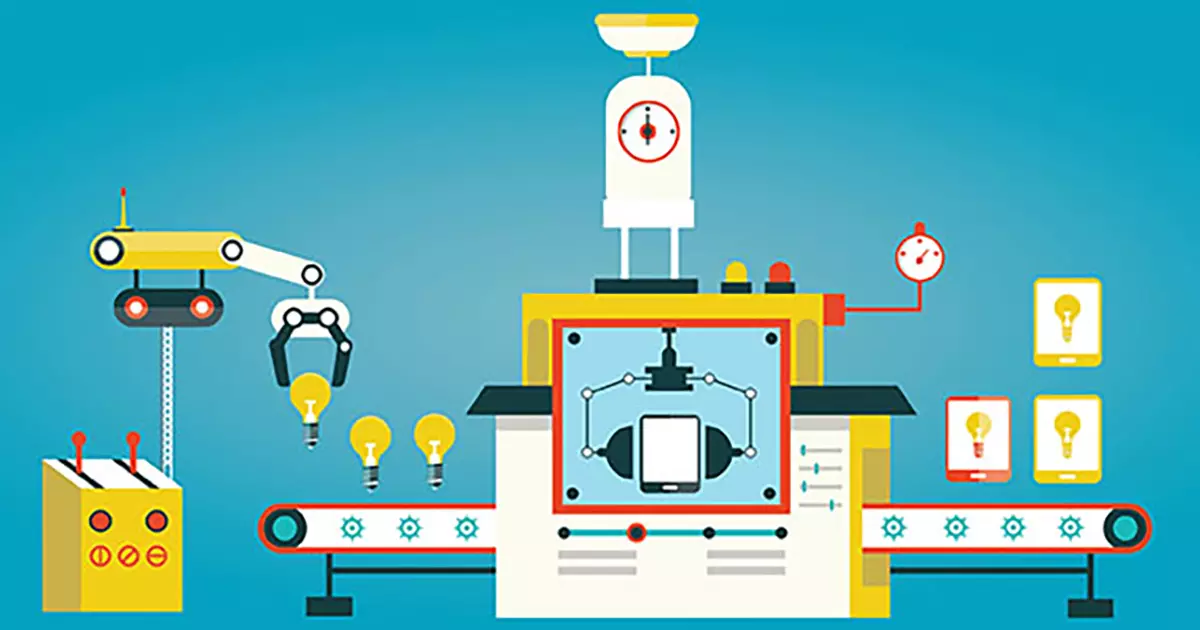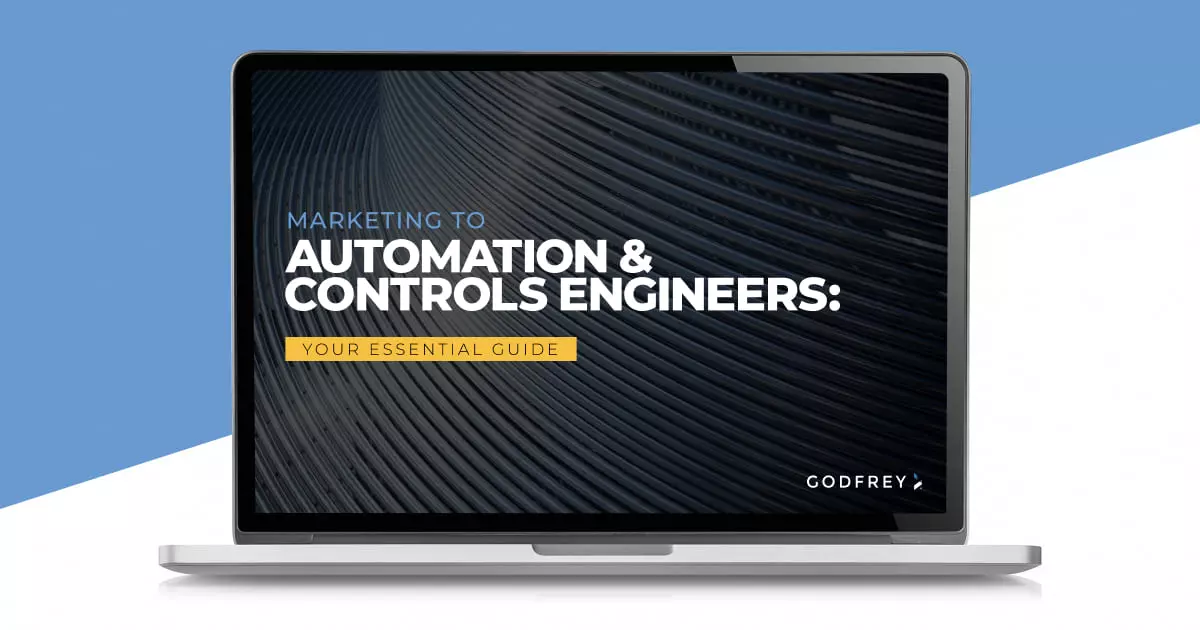Smart factory technology will change the changeover (Part 4)

Smart factory technology will change how a common task – the changeover – occurs; that’s an opportunity for B2B marketers to highlight their new capabilities to target audiences.
Whether it’s a machine tool switching from producing one part to another, or a high-speed bottling machine switching from 12-ounce bottles to half-liter bottles, “the changeover” is a necessary step in virtually every manufacturing process.
It’s also a cost – because when changing from one product run to another, nothing is produced; and in highly automated manufacturing operations, that’s a cost that businesses constantly seek to minimize.
Smart factory technology will make the changeover more streamlined and flexible. Smart B2B marketers in the automation and controls industry will seek out ways to highlight how their “smart-factory-ready” technology can help make this change happen.
Godfrey partnered with AMG Research to study an emerging segment of your audience. Download the full report and view slides from the presentation we delivered at CFE Media’s 2017 Marketing to Engineers® event.
Smart factory will change the changeover
The advent of smart factory technology is expected to significantly improve how highly automated production machines and assembly lines change from producing one product to another.
This change could enable manufacturers to significantly increase the number, variety and customizable characteristics of their products without incurring costs associated with changing production machine setups.
Manufacturing individual products at the same cost as mass-produced, series products will open up significant competitive advantages. How this will be accomplished is through the introduction of much more intelligent and autonomous production systems.
B2B marketers need to ask: How will our company’s technology help improve the changeover? And what’s the best way to tell that aspect of our smart factory story to our target audiences?
Pilot plants are a good start
One obstacle you may face is not having a detailed track record to highlight. That’s OK; many of the pivotal technologies and capabilities smart factory systems will offer have only recently moved from theoretical to working systems.
One of our clients has had significant success promoting the pilot of a multi-product assembly line in a pump manufacturing plant in Homburg, Germany.
The company manufactures a wide range of industrial and automation products. They’re committed to positioning themselves as a leader in introducing Industry 4.0 technology – and the success of the pilot plant is a strong proof point.
The plant assembles more than 200 different hydraulic valves on this multi-product line – without any modifications to the machines. The valve to be produced is identified with an RFID chip at each stage in the assembly process.
This individualized production means that only the given components required for processing are made available at each station. The line also supports employees in assembly. They are logged into their workstations via Bluetooth. Displays show the work instruction for the specific unit that is about to be processed and the work step required.
This story demonstrates how “the changeover” may become a thing of the past with smart factory technology and systems. Just as importantly, it helps draw a strong portrait of how the potential of Industry 4.0/smart factory technology can become real.
Find opportunities in-house
One lesson that our client emphasized was that they applied their own technology to their plant, in an effort to learn how to use Industry 4.0/smart factory technology better. In fact, it became a key differentiating message: Their experience would enable them to help customers apply smart factory technology better.
Is the same dynamic at work within your company? If you are finding ways to use the latest smart factory technology to improve the way you design, test or manufacture your own products, document your process because that’s a good story to tell.
If that’s not the case, try to identify where your company’s products, software or approach to technology has been incorporated by OEMs or major end users in newly launched machines or production systems – ones that have been engineered for much more flexible production.
If your products or systems were integrated into the solution, it’s one more story you can tell that validates how your technology is helping make change happen.
Brian Moore - Content Director
A storyteller with three decades of B2B writing and content development experience, Brian loves talking to engineers and technology-oriented professionals. He knows they have great stories to tell.




